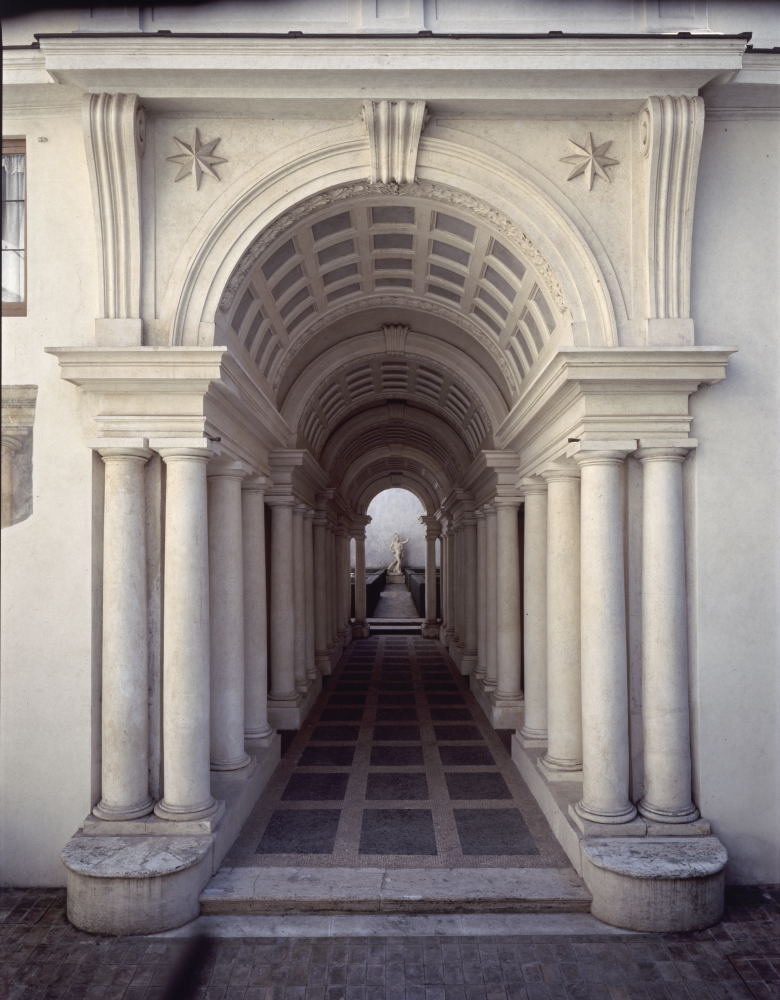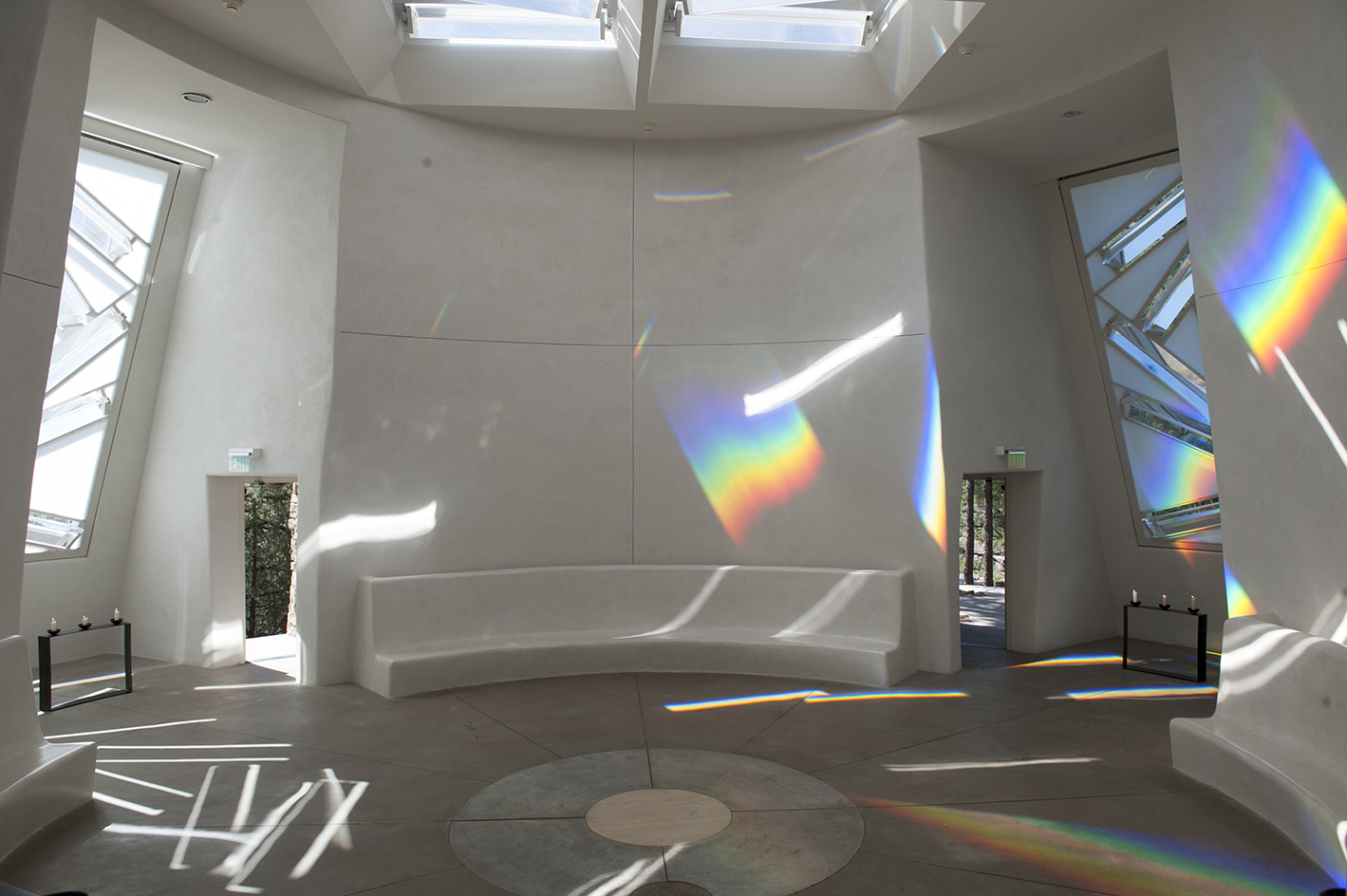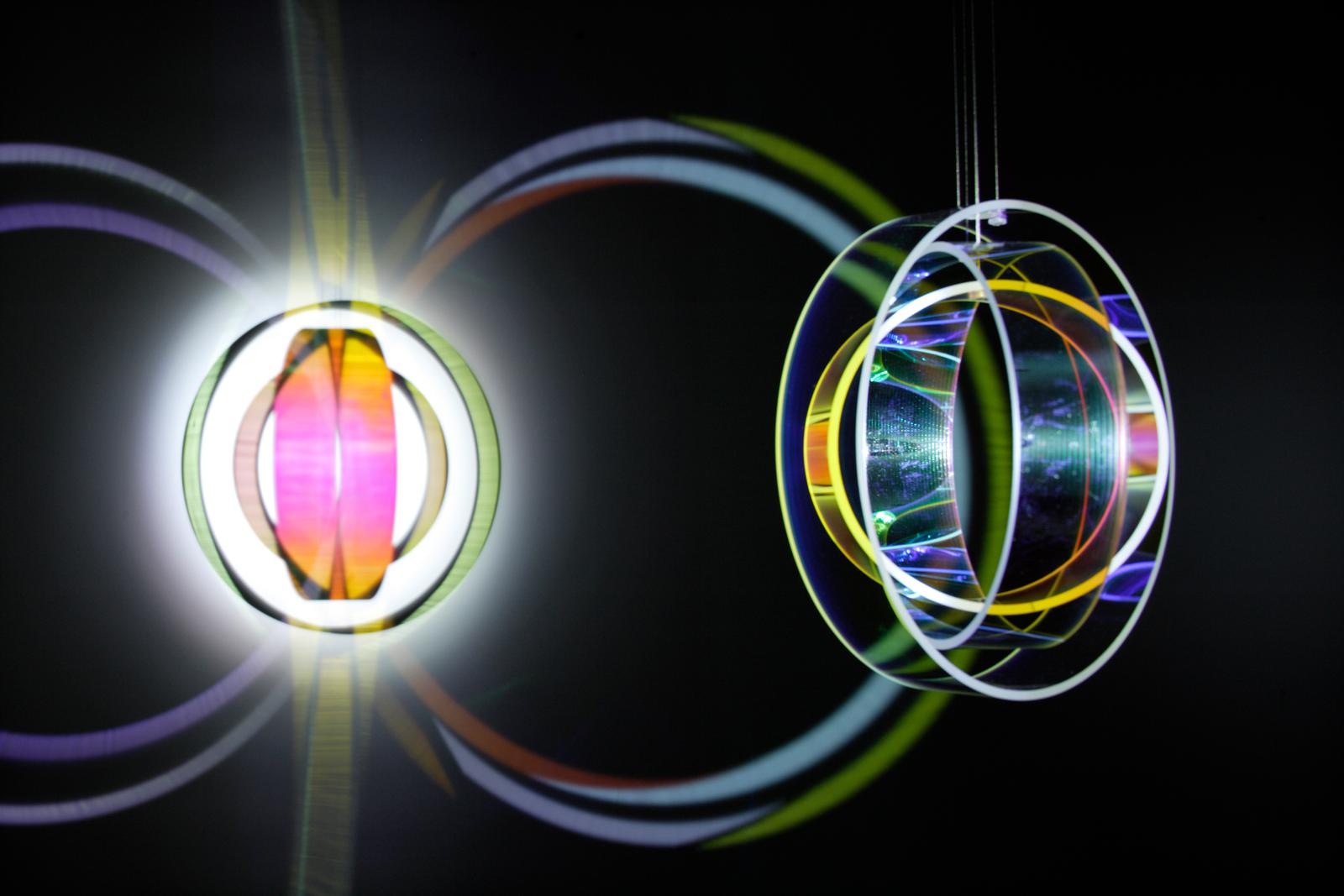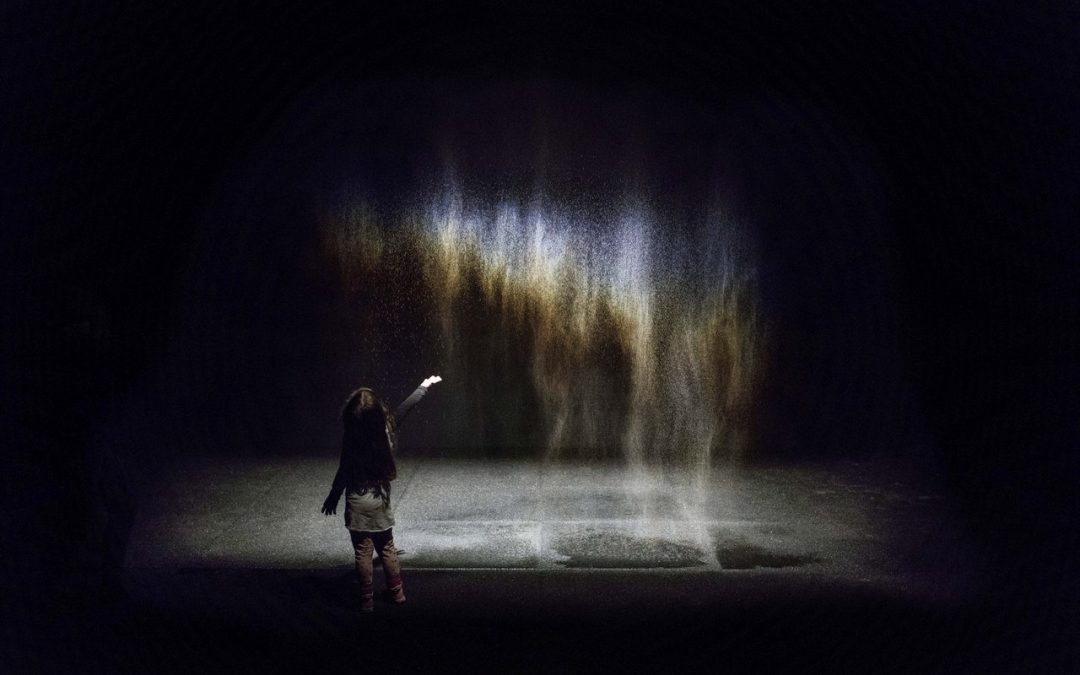“Look up to the sky. You’ll never find rainbows if you’re looking down”
#PhilosophicalWednesday #19
In the past there were historical periods considered particularly “enlighted” when art and science used to converge so favourably that academics coined the definition: “art of wonder”.

Francesco Borromini, “Prospettiva” or “Galleria Spada”, Palazzo Barberini Rome – Courtesy of Galleria Spada
It’s the case of the seventeenth‐century Baroque era that ‐ influenced by scientific discoveries and the decline of anthropocentric perspective ‐ was characterized by a deep change in terms of scenic environment and figurative representation.
This field of research was identified by US Minimalist artists who, inspired by this scientific approach and the typical tendency of Land artists to interact with space, started to consider rainbow one of their favourite motives in order to create a feeling of astonishment and wonder.

Charles Ross, “Dwan Light Sanctuary”, 1996 – Courtesy Charles Ross Artists Rights Society (ARS), New York
Charles Ross’ works (Philadelphia, 1937) – who has a background both in mathematics and art ‐ are based on the relationship between natural phenomena and landscape and produce specific perspective effects.
In 1996 he unveiled his incredible artwork “Dwan Light Sanctuary” where 24 glass prisms are aligned with the sun, the moon and the stars. As a result rainbows are projected inside the architecture and their exact time and area of appearance strictly depend on seasonal events such as solstices, equinoxes and Earth’s position from the sun and the moon.

Ólafur Elíasson, “Colour space embracer”, Hara Museum of Contemporary Art, Tokyo, 2005 – Credits Jens Ziehe – Courtesy of Olafur Eliasson
It’s the Danish artist Ólafur Elíasson (Copenaghen, 1967) to be the Minimalists’ spiritual heir conceiving artworks where our perception and our role in the space of representation are both challenged.
In his work “Colour space embracer” (2005) three concentric colourful rings turn while illuminated by a lamp, causing the projection of a spectrum of coloured light (a rainbow) that circles and scans the room. This way, the artwork becomes a medium to create an illusionary distortion of space and to expand the idea of what is perceived without limits.
As though distorting reality made it “more real” or, to be more precise, hyperreal, to the eye.

